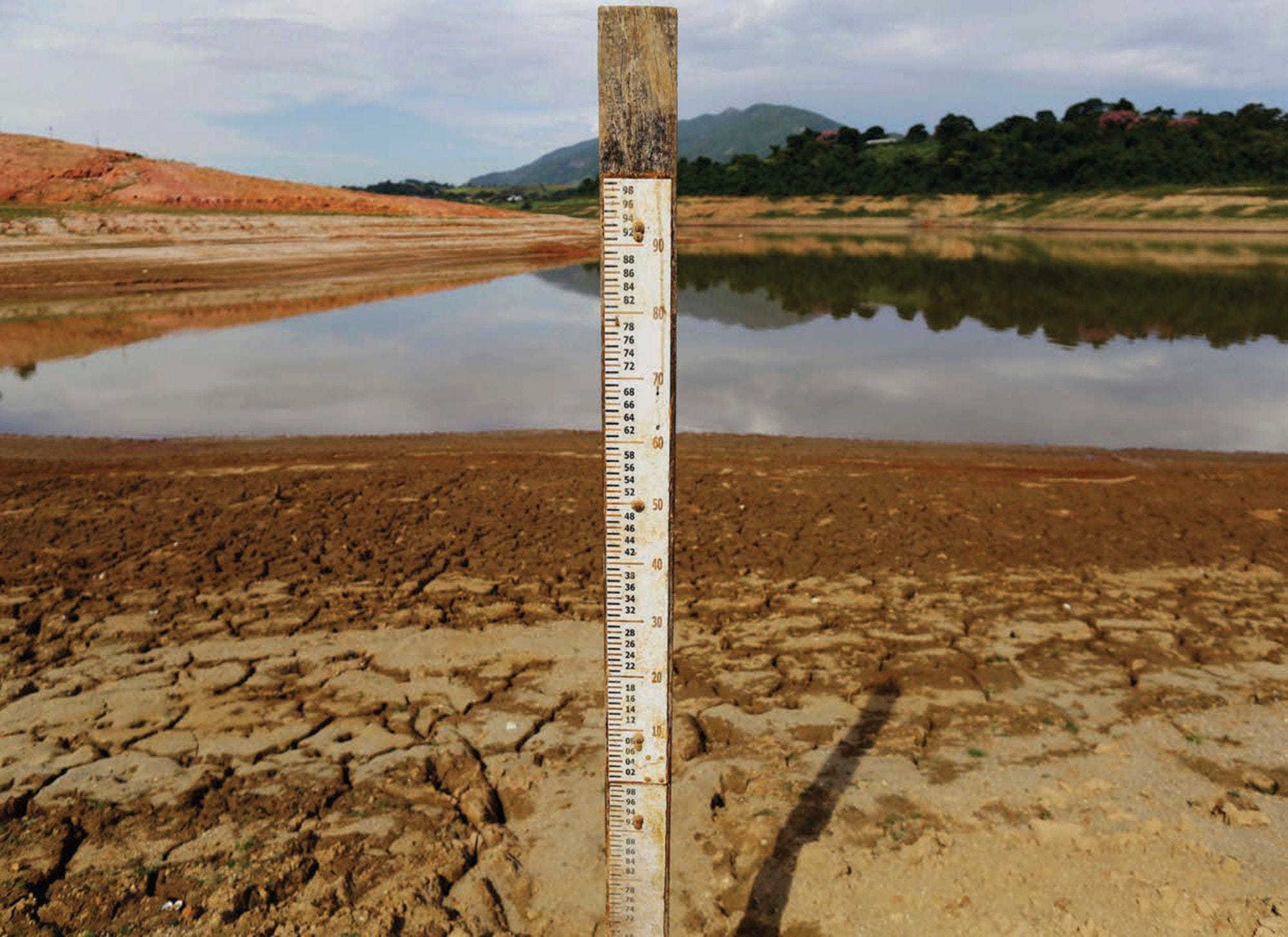Latin America and the Caribbean is composed of 48 countries and dependent territories with varying geographical conditions, land use patterns, political systems, economic activities and development levels. The region has a diverse cultural and ethnic heritage, with a common identity. Natural resources and biodiversity are the pillars of the region’s development, and countries face significant environmental challenges.
The LAC region has a diverse and open economy. Agriculture and industry account for a larger share of value added than in the OECD area. As the region is endowed with valuable mineral resources and significant oil and natural gas deposits, mining and energy are major sectors. Tourism plays a significant role in Central America and the Caribbean. Most countries have been severely affected by the COVID-19 pandemic and the global economic downturn. Gross domestic product plunged by 8.2% in 2020 and the region experienced one of the highest mortality rates in the world, due to the high concentration of population in urban areas and unequal access to health services. High levels of poverty and income inequality are major issues.
Though not a major contributor to global greenhouse gas emissions, LAC is extremely vulnerable to climate change. Land use change, urban sprawl and densification, rising temperatures, fluctuating rainfall patterns, melting glaciers, and the increased occurrence of extreme weather events exert strong pressures on the environment, causing biodiversity loss and affecting economic activity and people's livelihood. Governments of the region will have to step up their efforts to address the growing risks posed by climate change and implement more ambitious and effective policies to achieve a green transition of their economies.
